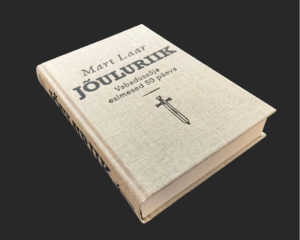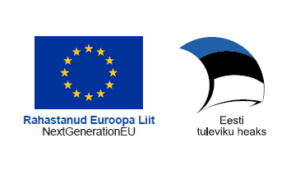Hard cover – Case bound
As a rule, the material one finds between the covers of a hard cover book is made to last for generations. But a hard binding isn’t just for books – it is also suitable for an exquisite magazine, a stylish memory book, or an elegant day timer.
The advantages of hard cover books are:
- Durability
- Dignity
- Effectiveness
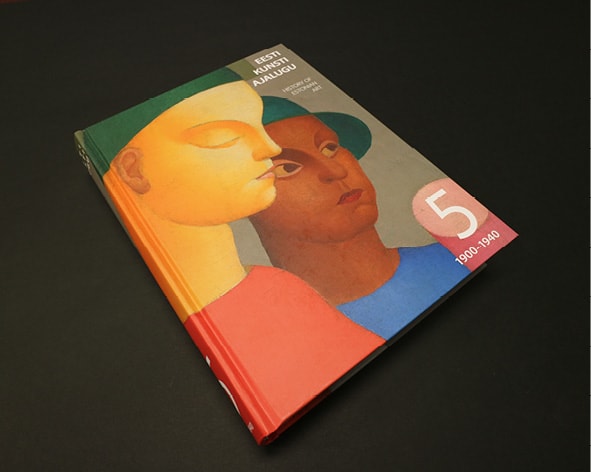
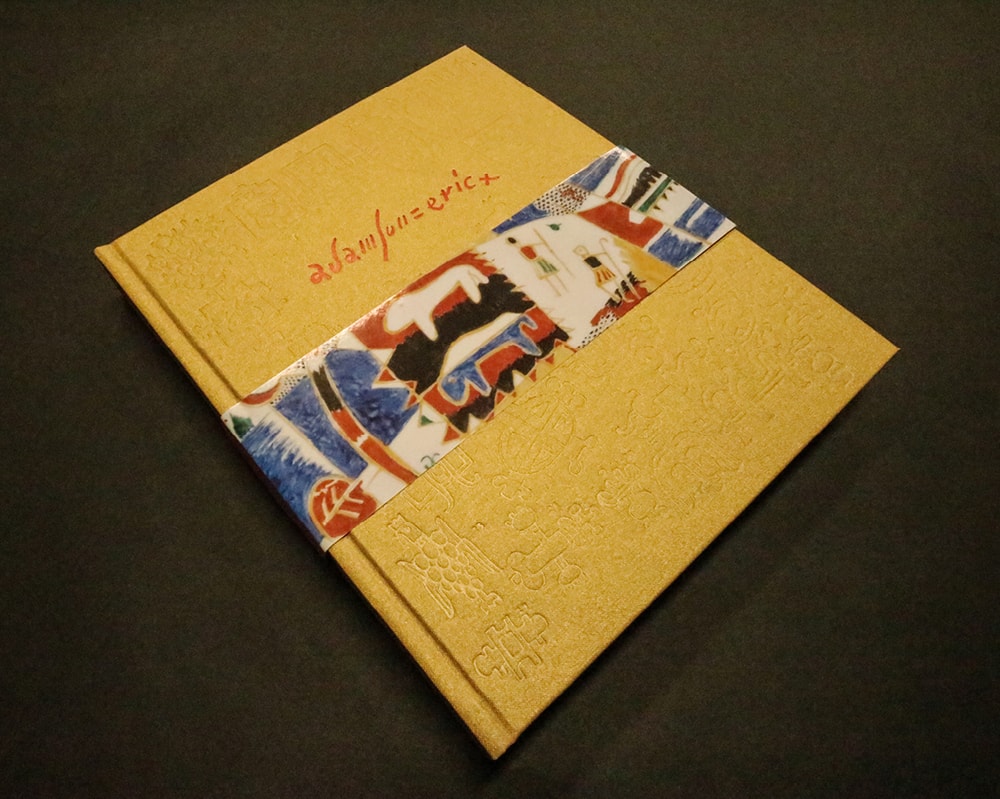
The cover design makes an impression
The books are judged first by there covers. A dignified hard cover book just stands out a little more. An attractively designed cover can improve sales.
We can bring your high-flying ideas to life with different binding material and post-production. Some are intended to improve durability (like laminating or lacquering), others are purely aesthetic (like foil or embossed printing).
There are many, many options, and usually, the only limits are the designer’s imagination. Tell us your ideas, and we will find a solution together that really works.
A hard cover book can either have a flat or round spine, according to the client’s preference.
Kaane kujundus loob mulje
Poeriiulil seisvaid raamatud hinnatakse esmalt kaante järgi. Väärikate kõvade kaantega raamat paistab lihtsalt paremini silma. Atraktiivselt kujundatud kaas aitab kaasa müügiedule.
Teie lennukaid ideid teostame erinevate kaanekattematerjalide ja järeltöötluse abil. Kui mõni neist on mõeldud vastupidavuse tõstmiseks (näiteks lamineerimine või lakkimine), siis teine pakub puhtalt vaid silmailu (näiteks foolio- või surutrükk).
Võimalusi on väga palju, ja sageli on piiriks vaid disaineri loovus. Rääkige meile oma ideest ning leiame koos lahenduse, mis ka reaalselt toimib.
Kõvakaaneline raamat saab olla kumera- või sirge seljaga, vastavalt kliendi soovile.
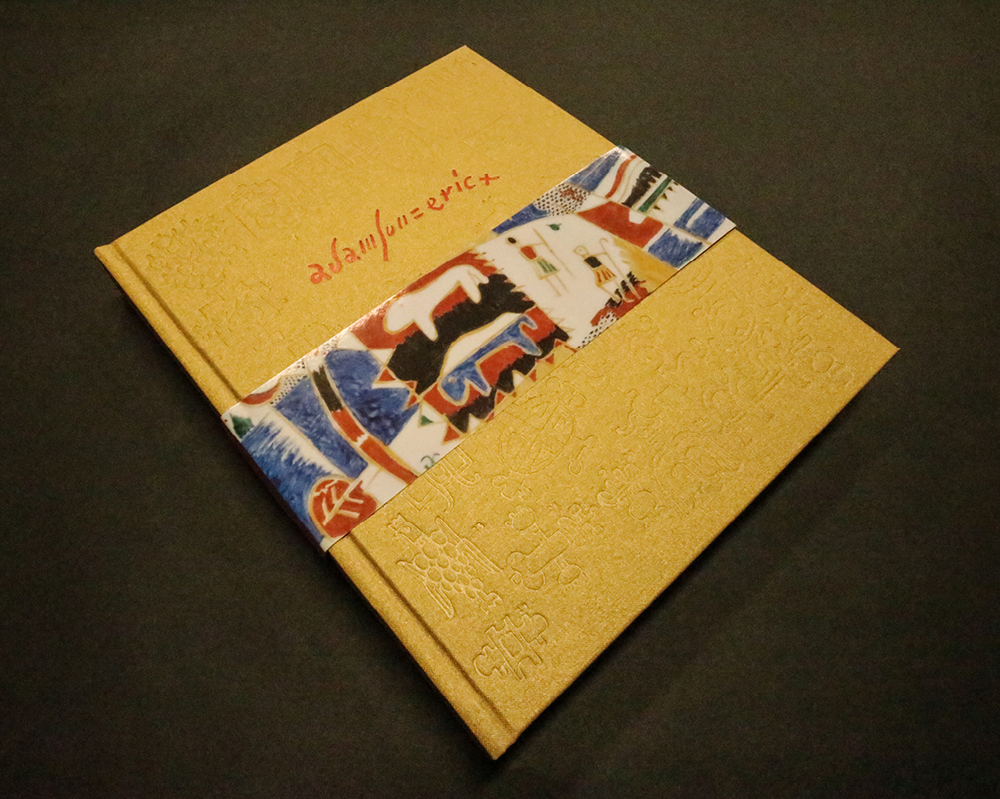
Bindings
With a printed and laminated dust jacket; cloth, vinyl material or special paper cover; „half-French“ binding.
- Format options: from 100×126 mm to 290×359 mm (width x height)
- Thickness can be between 2 and 80 mm.
- Interior paper: uncoated 60 g/m2 -170 g/m2, coated papers 70 g/m2 – 200 g/m2.
- Cover cardboard thickness 1,0–3,0 mm.
- Covers can be sheathed in a coated or uncoated paper, uncoated specialty papers (Geltex, Efalin, Wibalin), cloth or vinyl materials.
- Coated paper with printing is covered with a laminate. The lamination can be glossy, matte, scratch-resistant matte, satin, and textured.
- Post-production: Foil printing, UV partial lacquer, UV-full lacquer, water-based lacquer, lamination, embossing, silk printing, stamping, cut-outs, stickers, bookmark, printed or unprinted endpapers, round or straight spine, capital ribbon starting at 5 mm, packaging in a magazine or thermal wrap.
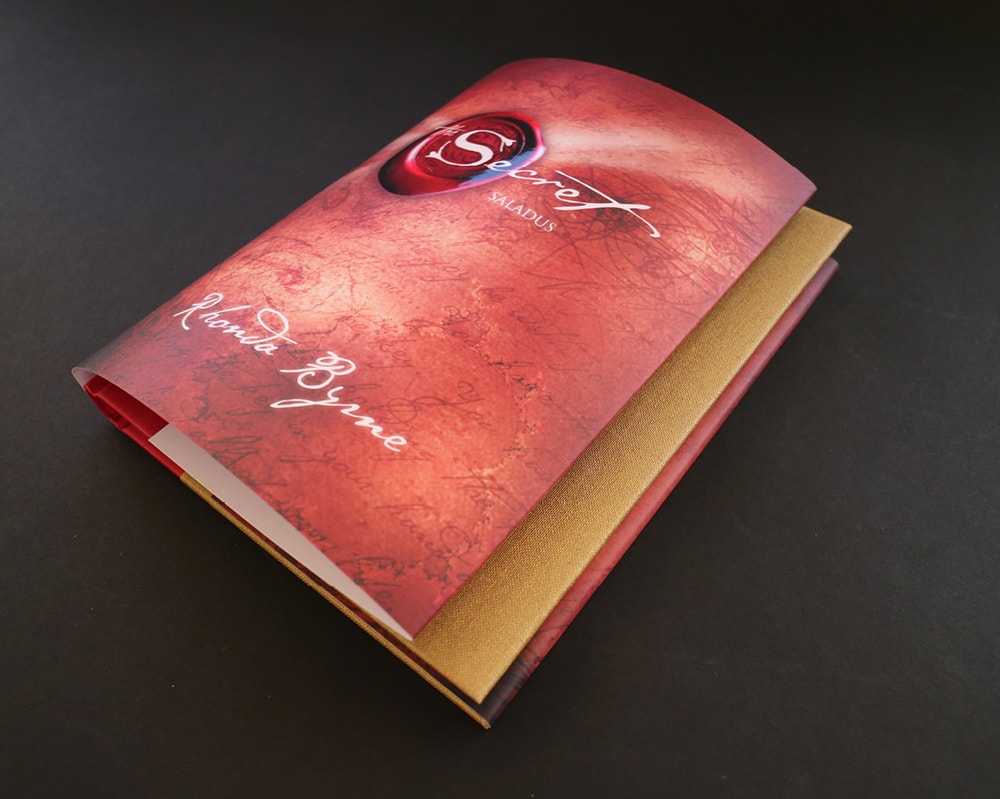
Strong binding – a book’s backbone
A well-bound book can last for centuries. When binding hard cover books, we use solutions that have proven their durability over many years.
- Stitched hard covered half-French binding – this type of cover is combined from two different materials. The binding method lends additional elegance.
- Stitched hard covered binding with printed cover – by sheathing the printed cover in a protective laminate, the book becomes more resistant to wear and gains a longer lifespan. When the protective laminate is left off, the book feels more rustic and nature-friendly.
- Stitched hard covered binding with a cloth cover – not really an everyday approach, but does give the book a timeless quality. If needed, the book can also be enveloped with cover paper.
Some good examples
![4K-2[1]](https://trt.ee/wp-content/uploads/2018/11/4K-21-300x240.jpg)
A dust jacket printed on coated paper, laminated as a rule.
Specialized solutions are also possible – covers printed on strong uncoated specialty papers (Geltex, Efalin, and Wibalin) which do not require lamination. UV-partial lacquer, foil printing, stamp- or blind printing.
With a cover sheathed in the binding material, a book can have foil printing, embossing, or silk printing.
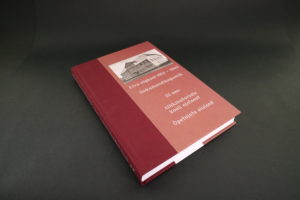
A combined cover can use several different materials.
Dust jacket – an interesting design element that also protects the cover from wear and dust. The dust jacket may also be strikingly designed with both the choice of material as well as different printing techniques (incl. blind, folio, and silk printing) and with cut-outs, for instance.
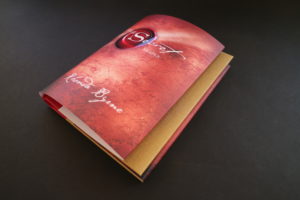
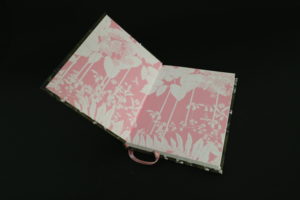
Endpapers – pages that are glued to the inside of the front and back covers which join the book’s contents to the cover and are themselves a sort of frame for the content of the book.





